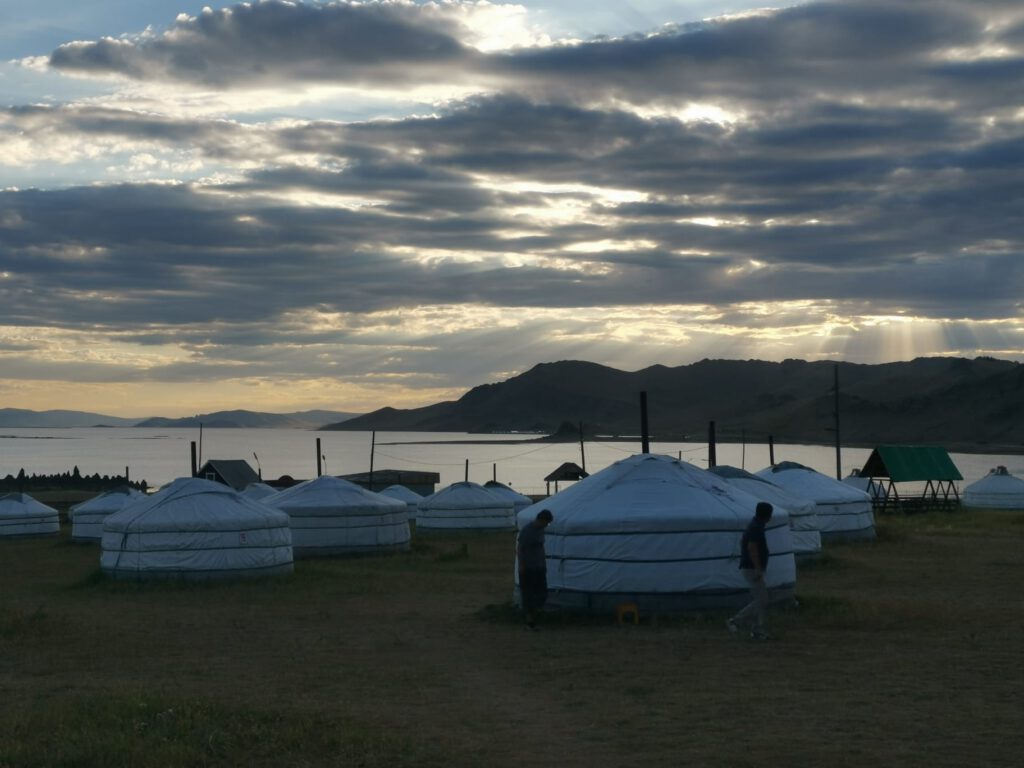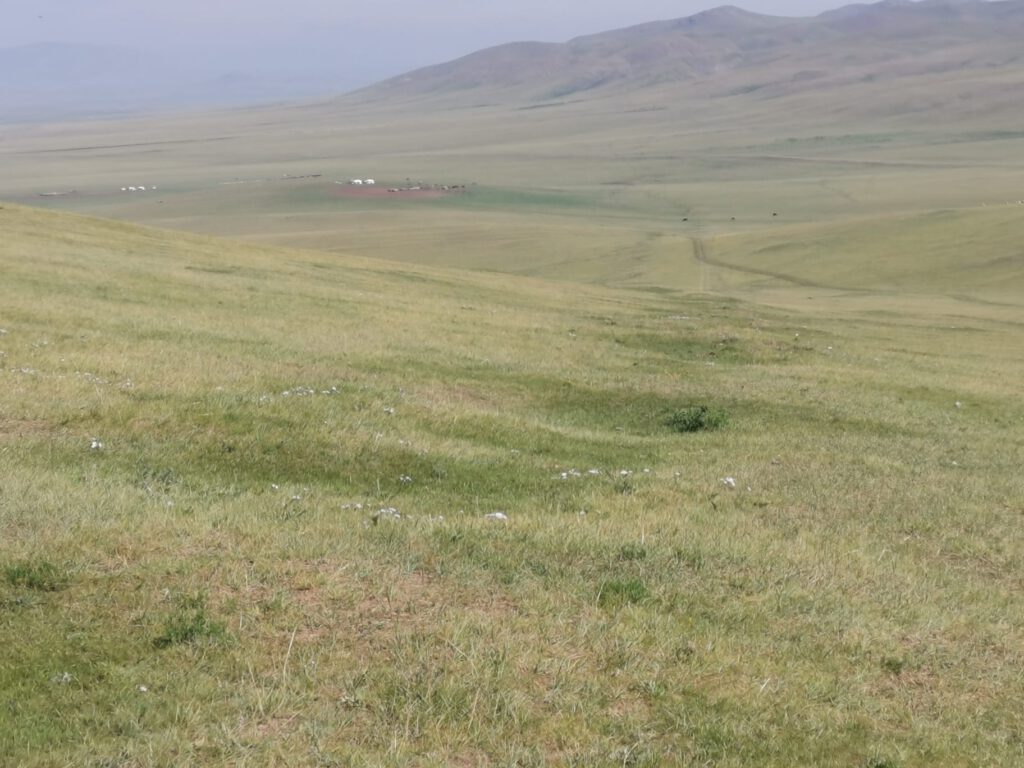It has been a real pleasure to spend the last two weeks in Mongolia, after a break of 11 years since my last visit. The reason was to attend the 1st Environmental Hazards in Asia meeting, hosted by the Institute of Astronomy and Geophysics (IAG) of the Mongolian Academy of Sciences, and with kind support through the Association Academies and Scientific Societies of Asia (AASSA), Rio Tinto and Oyu Tolgoi, COMET, the Mount Paektu Research Center, and others. I was honoured to be included as part of the organizing committee.

I arrived a few days before the meeting started on a flight from Almaty in Kazakhstan, where we had just completed summer fieldwork in the Tien Shan. During those first two days in Ulaanbaatar I had the chance to visit trenches excavated within a joint Japan-Mongolia programme looking at active faulting in the vicinity of Ulaanbaatar, along with Bayasgalan. It will be interesting to see how this important project evolves over the coming years. I was impressed at how much building has occurred within the city over the last decade, so much that I could hardly recognize it.




The workshop itself was really enjoyable, and with important outcomes. We had representatives from many Asian countries, as well as several attendees from Europe and North America. The talks covered a range of hazards, from wildfires, landslides, earthquakes, volcanoes, flooding, water quality and environmental degradation. In my own presentation I made the point that there is an urgent need to develop more of the underpinning data required for effective hazard estimation in many parts of the continent, given the pace at which cities are growing and major infrastructure projects are being built. The sessions were organized such that we moved from the science of the hazards themselves through to concepts of risk and risk reduction, educational programmes, and exploring the psychological aspects of disasters. The third day was for discussion, building recommendations that will be combined into an official report.

The Institute organized so many wonderful activities around the workshop programme, with an icebreaker and cultural event, conference dinner, and then a post-conference fieldtrip into the countryside. It was a wonderful experience for me to spend a day walking along the 1967 Mogod earthquake ruptures. They are so well preserved after almost sixty years, offering insight into how major strike-slip faults are expressed in the landscape and highlighting the outstanding longevity of earthquake ruptures in Mongolia, with thousands of years of major earthquakes clearly visible.



The final part of the fieldtrip was a visit to see the late Quaternary lavas and volcanic cones of the Tariat depression, of which the youngest are now dated to the mid Holocene. The outpourings of lava have blocked a river, forming the beautiful Tsagaan Nuur (White Lake), and causing deep canyons to be cut through the lavas. The natural beauty of the landscape here, combined with the evidence of recent volcanic activity, provided a fitting backdrop to our last days of the visit.


So what is next? We were all agreed that the community brought together at the meeting should be supported in future meetings. The community was very international and identified links and shared interests across a wide range of disciplines and environmental hazards, and Mongolia was a perfect host country. Personally, the visit reminded me of how very special Mongolia is in the study of active faulting, due to the archive of very large magnitude events that give insight into the potential for such ruptures elsewhere. I hope I will be back soon.